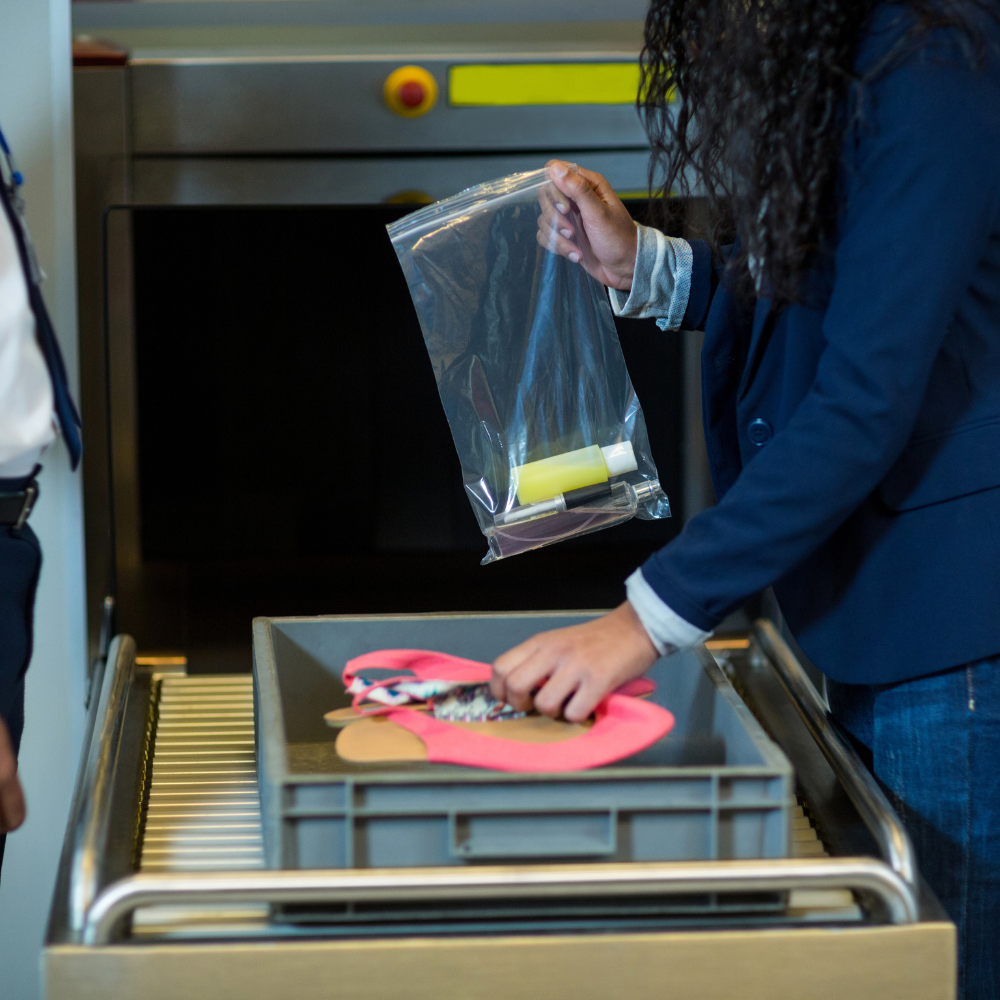
Scientists have developed a device that can translate the brain signals of paralyzed individuals into words at a faster rate than before, according to sources.
Pat Bennett, 68, who suffers from motor-neuron disease (MND), evaluated the technology and concluded that it could help her remain connected to the outside world. Her cerebral implants decode the words she wishes to speak.
Researchers from the United States now wish to advance their technology. Their ultimate goal is to enable individuals who are unable to speak due to strokes, brain diseases, or paralysis to communicate in real time.
Ms. Bennett used to ride horses and jog daily prior to her 2012 diagnosis with a disease that attacks areas of the brain that govern movement, resulting in eventual paralysis. Her speech was the initial symptom.
For the Stanford University study, a surgeon implanted four pill-sized sensors into Ms. Bennett's brain in speech-producing regions.
When her lips, tongue, and jaw are instructed to make sounds in order to form words, an algorithm decodes the information flowing from her brain.
Dr. Frank Willett, co-author of the study, explained, "This system is trained to recognize which words should precede others and which phonemes compose which words."
He mentioned that If some words were misinterpreted, it would still be possible to guess.
After four months of training the program to interpret Ms. Bennett's speech, her brain activity was translated into words on a screen at a rate of 62 words per minute, which is roughly three times faster than previous technology.
Normal conversations are approximately 160 words per minute, according to the researchers, but they have yet to develop a device that can be used in daily life.
One in ten words in a vocabulary of 50 words was incorrect, and a quarter of Ms. Bennett's 125,000-word vocabulary contained inaccuracies.
Dr. Willett stated that this is a significant step toward restoring rapid communication to people with paralysis who cannot speak.
She explained that this means they can potentially continue to work and maintain friendships and family ties.
In a separate study from the University of California, San Francisco (UCSF), Ann, who has extensive paralysis as a result of a stroke, was able to communicate through a digital avatar with her own facial expressions.
Based on a recording of Ann speaking at her wedding, scientists translated signals from more than 250 paper-thin electrodes implanted on the surface of Ann's brain and used an algorithm to recreate her voice.
The system attained nearly 80 words per minute, made fewer errors than its predecessors, and had a larger vocabulary.
The researcher who helped develop the technology, Sean Metzger, explained that It is what gives a user the potential to communicate almost as quickly as people do and to have much more natural and normal conversations.
Some people with Motor Neurone Disease (MND) are able to bank their voice before it is lost and then use their eyes to select the words or letters they want to speak on a screen; however, this process is time-consuming.
The MND Association is "excited" about the potential of the new research, but cautions that it is still in its infancy.



